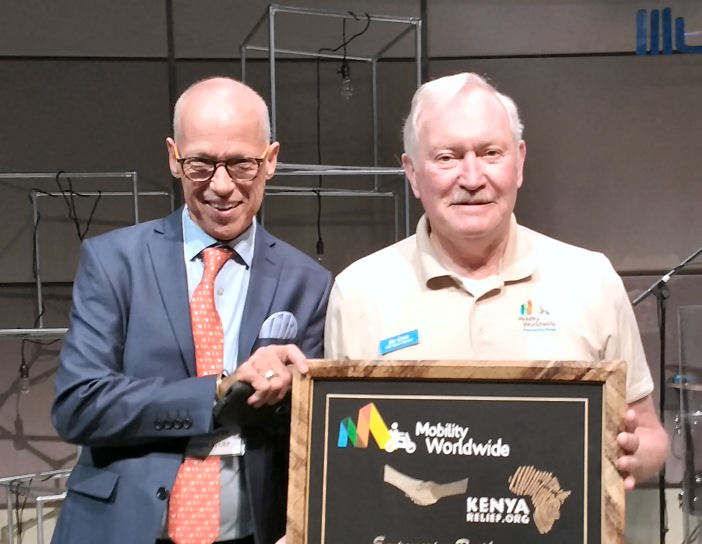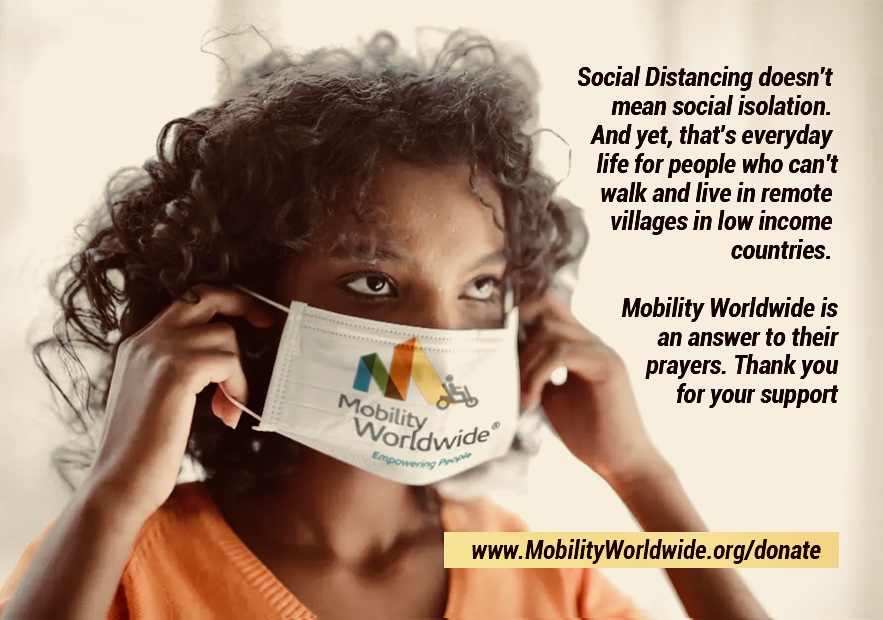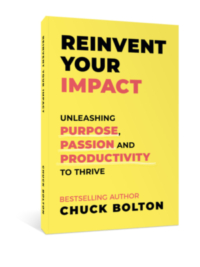“For the First Time in His Life, He Was Able to Get Around.” How Jim Conn Creates Great Impact Serving Mobility Worldwide
The old factories and warehouses that powered the industrial section of northeast Minneapolis for decades are giving way to microbreweries and taprooms, restaurants, and co-working spaces. Yet in the basement of an old dairy on Broadway Street, there’s an organization of volunteers – Mobility Worldwide – that is transforming and saving lives around the world, one person a time.
Most people take walking for granted, but there are over seventy million people in the world who are leg disabled. Birth defects, polio, injuries, landmines, disease, and other causes can lead to this disability. For those who are leg disabled and live in developing countries, many have to literally crawl in the dirt. Traditional wheelchairs don’t work well where the roads are unimproved. When given the gift of mobility, lives are immediately changed for the better.
Mobility Worldwide’s vision is to end immobility. They provide a rugged, three-wheeled, hand-powered cart with hauling capacity.
These carts are donated to people in developing countries who do not have use of their lower limbs. Developed in the late 1990s in response to a need identified in Africa, the carts are built in the US, but distributed exclusively overseas. There are twenty-three production sites in the US. Each cart costs roughly $300 to build and ship. Donations fund the cost of materials and shipping. The staff is all volunteer. Since 1994, over 78,000 mobility carts have been built and distributed in 106 countries using over 70 distribution partners.
In 2011, Jim Conn, a retired program manager from the aerospace industry, learned of Mobility Worldwide and the carts they provided the poorest of the poor. He was immediately hooked and became the director of the first affiliate in Minnesota.
Jim says, “Sometimes you ask how I, as one individual, can change the world? These carts change lives. The looks on the faces of recipients are ample evidence of that. Their testimony is further evidence. People everywhere can help change the world for the better. Without our help, they crawl in the dirt. These carts change their world. The carts provide much more than mobility; they offer freedom, dignity, and self-confidence.”
Jim continues, “You see, in many societies, people with disabilities are shunned, avoided, and believed to be cursed. They are often not even acknowledged as people, which is cruel. When they get their carts, they gain self-respect and hope for a better future.”
The volunteers of Mobility Worldwide are retirees, students, and groups from churches and community service organizations. After a short training and orientation, they provide the labor to assemble and package the carts. Working together in small teams, volunteers enjoy their experience at Mobility. They know they are making a difference. The Minnesota chapter just loaded a container – shipping its 1130th cart – to Nigeria.
Jim recalled his first distribution trip to Tanzania. “While everyone who receives a cart is grateful, there was one person in particular who stands out to me. A young man in his 20s, his body misshapen from birth defects, was carried on the back of his mother to the pickup site. His mother had carried him forty kilometers (nearly twenty-five miles) on her back. He received his cart and was ecstatic. For the first time in his life, he was able to get himself around. She didn’t have to carry him. It was life changing for him – and for his mother, too.”
Each cart has an area for storage and hauling. Most people use it to better themselves, whether it is to haul books and supplies to a school or to start a small business.
Jim spoke about a man in Kenya who had his cart for about fourteen months. When a volunteer saw him again, after the distribution, the cart – which is very sturdy and was designed to work with minimal maintenance for many years – was functional but pretty beat up. He asked the recipient why there was wear and tear. The Kenyan man said he used his cart to haul gold ore to the rock crusher. He loads a few hundred pounds of rock and takes it to the rock crusher in the hope of finding gold. People are very creative. Some will build canopies and use them as mobile vending machines or a mini food truck. Others will load the cart with a cooler and sell cold drinks. Jim recalled a man in Viet Nam who lost his legs to a landmine. With his new cart, he started a shoe repair business.
In Tanzania, after a woman received her cart, she went to the outskirts of town, tilled a garden, and planted and grew vegetables. She harvested them and she took them back to town to sell. She is now self-sufficient economically. He recalls another woman who drove her cart to a local business with a knitting machine she could rent, so she could make clothes and then sell them at the market.
Jim’s favorite story is about Seun Okoke, a beautiful young woman from Nigeria who was stricken with polio and scoliosis. She was leg disabled. With her cart and mobility, she was able to finish school and college. She’s now working as an information technology specialist for the civil service.
Every day Seun rides the bus to work. She pays two fares, one for her and one for her cart. Then after work, she does the same to get back home.
Because she is able to work, she feels like she’s a contributing member of society. Her self-esteem is high. She is now married and has a young son. Jim says Seun earns more than her husband, all due to the gift of her cart. She has been given the gifts of mobility and dignity that are immeasurable in value.[i]
Jim Conn’s purpose: To make a tangible difference in the lives of people around the world.
At age 75, through his work with Mobility Worldwide, Jim Conn is making an impact.
[i] Jim Conn interview by Chuck Bolton, 2019.






